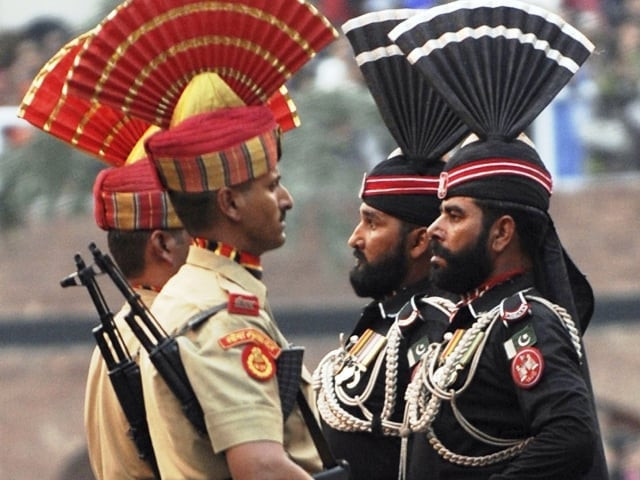Pakistan vs India: Military strength compared amid tensions
As tensions grow between the two nuclear-armed neighbours, here's a comparative look at their military capabilities.

A deadly attack on tourists in Indian Illegally Occupied Jammu and Kashmir (IIOJK), which left 26 dead, has escalated tensions between India and Pakistan.
The situation has sparked regional fears of a potential military conflict, with Pakistan claiming it has intelligence suggesting India may initiate military action.
As tensions grow between the two nuclear-armed neighbours, a comparative look at their military capabilities — based on data from the London-based International Institute for Strategic Studies (IISS) — provides insight into the scale and structure of each country’s defence forces.
Personnel Strength
India maintains a considerably larger force, with approximately 1.4 million active personnel. This includes 1,237,000 in the army, 75,500 in the navy, 149,900 in the air force, and 13,350 in the coast guard.
In contrast, Pakistan's total defence personnel is just under 700,000, comprising 560,000 in the army, 70,000 in the air force, and 30,000 in the navy.
Ground Forces
India's land-based military power outweighs Pakistan’s. It fields 3,740 main battle tanks compared to Pakistan’s 2,537. In terms of artillery, India holds 9,743 pieces, more than double Pakistan’s 4,619.
Air Power
India also has an advantage in the skies, with 730 combat-capable aircraft. Pakistan's air force is comparatively smaller, with 452 aircraft.
Naval Capabilities
India's navy includes 16 submarines, 11 destroyers, 16 frigates, and two aircraft carriers, giving it broader maritime reach. Pakistan operates a leaner naval fleet, consisting of eight submarines and 10 frigates, with no aircraft carriers in service.
Nuclear Arsenals
Both countries possess nearly equal nuclear capability. India has 172 nuclear warheads, while Pakistan maintains a comparable arsenal with 170 warheads.
As global powers urge restraint, the military parity — particularly the presence of nuclear weapons — continues to serve as both a deterrent and a reminder of the high stakes in the region.





















COMMENTS (1)
Comments are moderated and generally will be posted if they are on-topic and not abusive.
For more information, please see our Comments FAQ